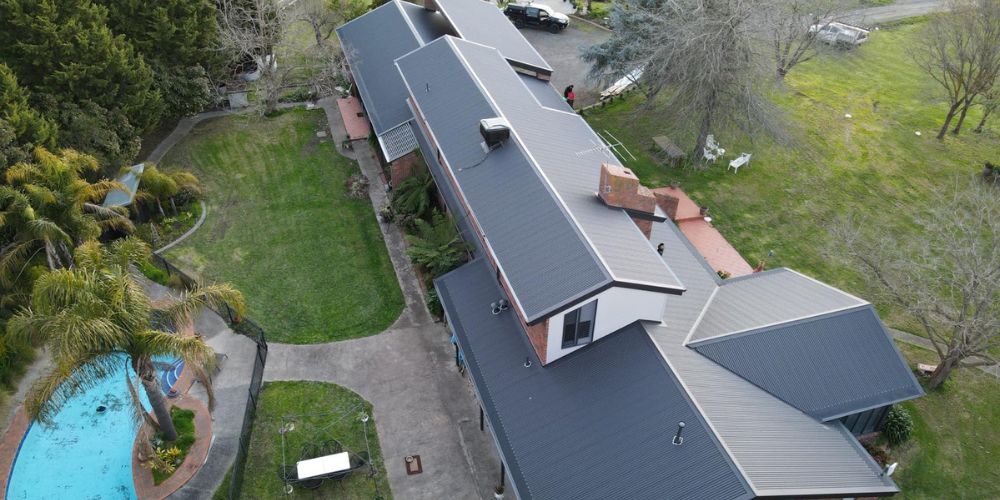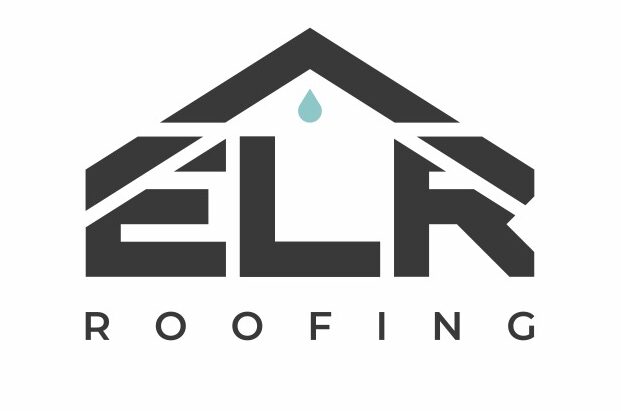House Preparation Steps for a Roof Replacement
Ensuring your home is ready for a roof replacement is crucial for a safe and efficient procedure. You may take the following steps to get your home ready for a new roof:
It’s crucial to comprehend the roof replacement procedure before preparing your house. Replacing a roof often entails several phases, including removing the old roof, fixing any damage, installing new materials, and cleaning up the area. Roofing contractors will employ standard equipment and supplies such as hammers, nails, shingles, and tar. Safety precautions should also be considered, such as employing safety nets or harnesses to avoid falls.

The noise of a roof replacement may annoy pets, young children, and even irate teenagers. It may be unsettling to hear constant pounding, footsteps on the roof, and other noises. Additionally, the possibility of objects falling makes your property slightly riskier. More minor children and animals may spend the day at a friend’s or family member’s house, where they won’t be subjected to the commotion. Being outside the house when roofers are working is quite dangerous since you and them can only see each other once it’s too late.
There is a possibility that dust or other debris will fall into your home when replacing your roof. You should cover any goods in your attic with drop cloths or plastic sheets to safeguard your interior. Take down any fixtures, such as portraits or chandeliers, that are hanging from the walls or ceilings. Take into consideration protecting furniture or floors with drop cloths or plastic sheets if there is a chance that debris will fall through the roof.
For tools like saws to cut flashing, your roofers will need access to electricity. On the roof, they could also employ power-hungry appliances like nail guns. They must run their extension cables inside your house if it lacks external outlets. To prevent tripping incidents, clearly mark them if this is the case. Even though it’s not required, it’s usually polite to let your neighbours know you’re getting a new roof so they can prepare for any potential disruption.
Before the roof is replaced, any antennas and satellite dishes on or near the roof should be taken down. Of course, you shouldn’t attempt to remove them yourself; instead, call your supplier, who will do it for you and reinstall them after the roof has been replaced.
Talk to your roofing contractor before the replacement of your roof. Talk about any issues you may have with the procedure or the schedule. Make plans for parking, access to power outlets, and other issues after requesting a timetable. Make sure you comprehend the warranty and any maintenance needs following installation.
What Should I Expect During Roof Replacement?
Major home repair projects like replacing the roof may be thrilling and daunting. You can anticipate the following throughout the procedure:
A roofing specialist will visit your house to evaluate the state of your roof and give you a replacement cost estimate. They will also go through the many roofing alternatives and materials you have.
The contractor will set up your home and the work area before starting the replacement. Set up equipment, protect your landscape, or take down satellite dishes or other fixtures to do this.
The outdated roofing material will be taken out and properly disposed of. This is usually done one portion at a time to reduce your home’s exposure to the weather.
Following removing the old roofing material, the contractor will look for damage to the underlying structure and make any required repairs.
The new roofing material will be set up following any relevant building regulations and the manufacturer’s instructions. This can entail adding new insulation, ventilation, and flashing.
Installing a new roof varies depending on the size of your roof. While some tasks may be finished in a day, others might take three.
But the dirty nature of roofing is just the way it is. Transferring valuables, such as patio furniture, barbecues, or other items, is essential while replacing your roof. Keep them protected from injury so that falling debris from the roof doesn’t injure your property.
Fall and late summer are the busiest seasons for roofers. Late winter or early spring roofing replacement appointments may result in cheaper costs or off-season savings.
Asphalt will last you between 15 and 30 years and is the least expensive roofing material available. The finest choice for homeowners with limited funds is this one. It also has a wide range of colours and is easily accessible.
